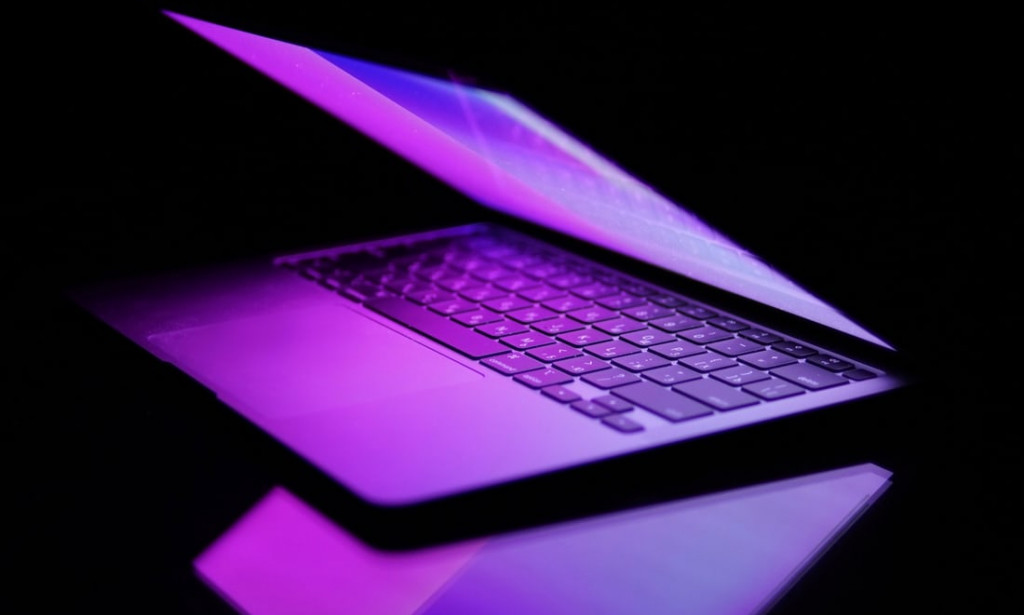Computer Maintenance and Troubleshooting
If we allow our computers to intake harmful materials (such as dust) and programs (such as viruses, malwares) and if we don’t keep our hardware and software in good condition (updated) then the computer may also end up with significant problems that are then harder to deal with. Proper maintenance of a computer can keep it running smoothly for years.
In this section computer maintenance and troubleshooting of hardware and software was learned. Some hardware may be found faulty in which most to be repaired while others would be replaced with new ones. Similarly, the software aspect, some of the problems require only restarting the computer, while others require only shutting down the computer and giving at least 2 minute to power it ON.
2.2Hardware
Computer unit
The primary computer equipment, housed in a desktop or floor-standing cabinet, it contains such components as the motherboard, CPU, RAM, ROM chips and CD-ROM, hard disk drive and floppy disks and several input/output ports.
Computer unit
Motherboard
This is the main circuit board that all of the other internal components are connecting to. The CPU and memory are usually on the motherboard.
Mother Board
Hard Disk Drive
This is a permanent storage device located inside a computer. It is where files and programs including the operating system are permanently saved.
Hard Disk Drive
Microprocessor (CPU)
This is the most expensive and most important chip in the computer. It coordinates and controls the entire activities of the computer system. It is also referred to as the “brain” or “heart” of the computer. All devices are connected to the CPU through the bus. CPU is of 3 types: the socket type which is sub divided into pin and pin less, card type and on board type.
Microprocessor
Memory (RAM)
This is very fast storage used to hold data that is currently being processed. It is fast because, it is connected directly to the microprocessor.
Random Access Memory (RAM)
Power Pack
An electrical transformer that provides electrical power for every component inside the system unit.
Power pack
CD ROM Drive
A device that holds and reads CD-ROM discs. CD-ROM drives generally also play audio CD discs by sending analog sound to the sound card via a 4-pin cable.
CD ROM Drive
Jumper
The simplest form of an on/off switch. It is just a tiny, plastic-covered metal block, which is pushed onto two pins to close that circuit. For example, on an IDE drive, a jumper selects between master and slave.
Integrated device electronic/serial advance technology advancement (IDE/SATA) Interface
A type of hardware interface widely used to connect hard disks, and CDIDE/SATA Cable
Cards
This term is used to describe important tools that allow your computer to connect and communicate with various inputs and output devices. The term “card” is used because these items are relatively flat in order to fit into the slots provided in the computer case. A computer will probably have a sound card, a video card, a network etc.
Network Card
Physical drive installation and configuration
This section covers the actual installation of hard drives (IDE/SATA), CD/DVD (optical) drives. This includes everything from preparing the components to setting jumper to installing the actual cabling and physical installation. I also learned some initial system software configuration issues, right up to the point of installing the operating system. From that point on, the steps you take depend on which OS you are installing

You must be logged in to post a comment.